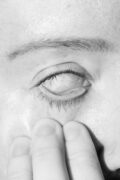The Art of the Personal Project is a crucial element to let potential buyers see how you think creatively on your own. I am drawn to personal projects that have an interesting vision or that show something I have never seen before. In this thread, I’ll include a link to each personal project with the artist statement so you can see more of the project. Please note: This thread is not affiliated with any company; I’m just featuring projects that I find. Please DO NOT send me your work. I do not take submissions.
Today’s featured artist: Slav Zatoka Blue Lens Factory
Earth – Chi
On March 11, 2011 at 2:46 PM, Iwate, Miyagi and Fukushima prefectures in northeastern Japan, sound the automatic alarms in schools, factories, tv stations, radio stations and on cell phones. The message says: Major Earthquake. You have 32 seconds to seek shelter. A magnitude 9.0 earthquake strikes off the coast, triggering a towering tsunami that reaches land within half an hour. The quake was so strong it actually shifted Earth’s axis and moved the coast of Japan about 16 feet southwest and 3 feet down. NASA reports three day later that the earth axis shift that happened as a result of Tohuku Earthquake may have shortened the length of each day on Earth.
Water – Sui
The earthquake itself had a death toll of around 90, but the tsunami that followed it, resulted in in catastrophic damage to Northeast Japan and nearly 20,000 deaths. One of the cities I visited twice after 3/11 events was Kamaishi, Iwate Prefecture. It’s situated 100 miles north of Sendai and it’s famous for world’s biggest and most expensive breakwater ever built. A mile long, 207 feet deep and jutting nearly 20 feet above the water, the quake-resistant structure made it into the Guinness World Records. It took three decades to build, and it cost nearly $1.6 billion. Unfortunately, the 9.0 earthquake in 2011 generated waves that were larger than the breakwater. The breakwater not only crumpled under the 30 feet tsunami waves, but it is also said to have deflected the wave north of the Kamaishi bay, making it even more destructive to the communities inland. If you watched the news that weekend you most likely saw the horrifying images of the wave entering the Kamaishi bay with buildings moved like cardboard boxes and cars, boats, debris and power lines floating inland in a massive, steady tide, destructively coming inlands. Most of that footage was filmed from a terrace like trail that stretches on the hill side of the city. Kamaishi’s Buddhist Sekiozenji Temple, situated further inland with a scenic cemetery on a hill remained untouched. The Great Tohuku claimed 1069 souls in Kamaishi, damaged 5000 homes and damaged 97% of the local fishing boats. The city also mentions a survival rate for children of 99,8% (5). Local teachers attribute this low rate to the disaster mitigation education program, launched several years ago, which prepares students for disasters like the Great Tohuku. One of the principles of this training is not to trust the expert’s knowledge entirely and always rely on your judgement of the unfolding disaster events. The other two principles state: act according to training and adapt, and finally, take initiative and evacuate despite no obvious signs indicating an imminent disaster. Kamaishi High School students took that initiative and evacuated their building and assisted with evacuating Kamishi Elementary school on the way to safety. Kamaishi was supposed to be safest place in case a major tsunami. The world’s largest breakwater unfortunately could not save the city. The highest wave recorded on March 11, 2011, was over 40 feet.
Fire – Ka
The Great Tohuku Earthquake was not the first one to be as destructive: July 9, 869, Sunriku, over 1,000 deaths, May 20, 1293, in Kamakura, major military base at the time, 23,000 deaths, September 11, 1498, Nankai Fault, 31,000 deaths. December 31, 1703, Edo, over deaths and 100,000 tsunami casualties, May 8, 1847, Nagano, almost 9,000 deaths and nearly 70,000 buildings destroyed, September 1, 1923, Tokyo, 140,000 deaths, January 17, 1995, 6,443 deaths.
Earthquakes in Japan strike daily. In my first visit to Japan in 2011 I experienced three earthquakes, all of them over 4 in the Richter scale. I live in California and have experienced a few in the Southland but never so many in such a short period of time.
What happened in Fukushima as a result of the 3/11 tsunami is a separate story. On My way to Kamaishi I actually made a stop in Fukushima to witness and document one of the anti-nuclear demonstrations. The nuclear crisis and the clash between the Japanese people and their government resulted in a worldwide movement to pressure governments to eliminate the nuclear power entirely. According to Associated Press, the Japanese government decided in April of this year to start discharging the radioactive water back into Pacific Ocean. The idea has been fiercely opposed by fishermen, residents and Japan’s neighbors.
Wind – Fu
On July 5, 1997, the Central European Flood hit southern Poland and my tiny studio apartment I shared with my high school buddy was gone, together with our books, music collections and all my negatives, transparencies and my darkroom. It was a huge blow, but I was not even there to experience the horrific events. I was in London on my summer break. I moved on. The city rebuilt and it’s a vibrant college town and a local finance and industry hub today. The flood had a death toll of about 50 and it was one of the costliest disasters in history. Prior to going to Japan, I also did a story about post Katrina New Orleans parish, called Resurrection Parish, published by a local Orange County paper.
There was definitely something personal in my decision to go to Japan in 2011 but there was certainly nothing impulsive about it. I try to self-assign at least one visual project a year and I also happen to have been on flight benefits, so after 3 months of preparations, scouting online, a list of contacts in Japan, I was ready to go. 3 months seems a lot I had to negotiate time with my family, kids, and my two businesses. My plan was to reach one of the cleaning camps in Tohuku and a letter I got from a longtime friend and my former boss eventually helped me to do volunteer work in a photo cleaning site ran by Caritas Japan.
Among a dozen of photographers, I met in 2011 in Japan, I need to mention Ken’ichi Kikuchi of Kamaishi. Ken’ichi was a huge help navigating around his neighborhood. He lost his studio and house to the tsunami. I met him while photographing the Buddhist ceremony commemorating the victims of 3/11 in Kamaishi. When I mentioned I was staying at the Caritas camp and was helping with photo cleaning, he told me that most of the professional portraits that I may come across in the recovery process, may have been taken by his father’s studio. I visited Ken’ichi a year later and keep in touch with him ever since. We share a love of photography, bourbon and jazz. He rebuilt his studio and home.
I did my best to try to remain respectful with my camera. During first 3 months after the 3/11 disaster Northeastern Japan was flooded with photographers. The many temporary shelters that were set up in Tohuku quickly got tired of photographers wanting to interview and photograph the tsunami victims. It wasn’t just independent shooters trying to score some stock images but also weekenders from Southern Japan driving to Tohuku to take a selfie in the disaster area. I decided not to sell any images as stock and put together a Blurb book hoping to raise money to help photographers like Ken rebuilt their studios.
Also, what’s worth mentioning here is that the Ganbare spirit in Japan is stronger than anything. The Airbnb owner in Tokyo told me that everyone he knows regularly scheduled weekend cleaning trips to Tohuku. I spent one day in a clean-up headquarters in Kamishi and their groups of workers, teachers, friends and individuals who all volunteered to come to Tohuku and spend a weekend cleaning up. Helping their fellow Japanese rebuilt their lives.
Void (Aether) – Ku
In an excellent book: “Ganbare, Workshops on Dying” by Katarzyna Boni and translated by Mark Ordon, soon to be available in the U.S., Boni describes the fascinating world of Japanese mythology and Ryujin, the dragon king, sea god, the master of tides and the grandfather of the first Emperor of Japan. If people were dragons, they could escape the tsunamis, but they are not. Everyone I spoke to accept the tsunami as a force of nature you should not be angry with. Kamo no Chōmei, a Japanese poet compared people to a sea foam, a surf that only last a moment.
On my last day in Kamaishi, on my second trip to Japan, Ken’ichi takes me on a morning walk to Sekiozenji Temple. It’s a weekday and he just finished a real estate job few blocks away. We stop by his father’s grave and then for a moment in front of six Jizo statues wearing red bibs, Buddhist statues made in the image of Jizo Bosatsu, guardian deity of children and travelers. He invites me over to his new house in a new neighborhood of temporary housing units built by the government. I meet his wife and two sons. The city is largely rebuilt. They seem to have some problems with the raising water levels that continue to flood the city. Something they hadn’t experienced before. Their sons are getting ready for school language competitions. His wife is going back to work the following week. We share a laugh as I try some phrases in Japanese and then we spend a memorable evening photographing Tiger Dance rehearsal on a temple parking lot and head to a local jazz club with a huge wall of vinyls, a barman with an expert knowledge of the Marsalis family and an impressive selection of bourbon.
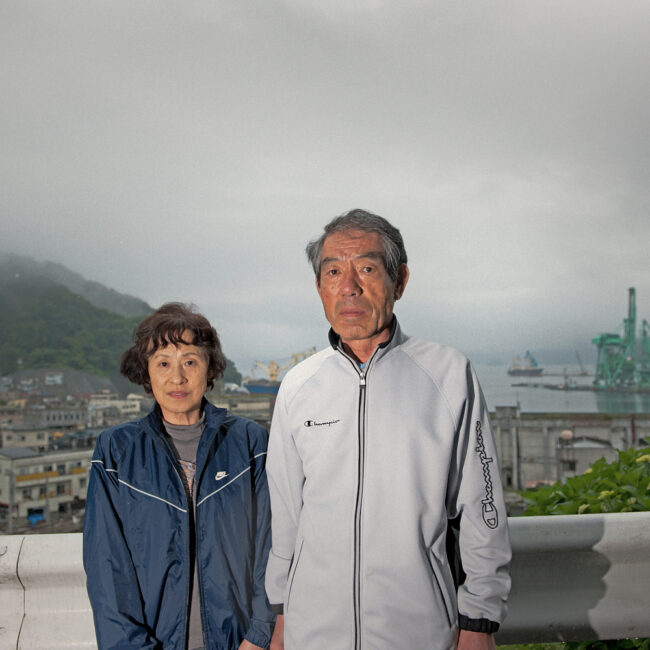
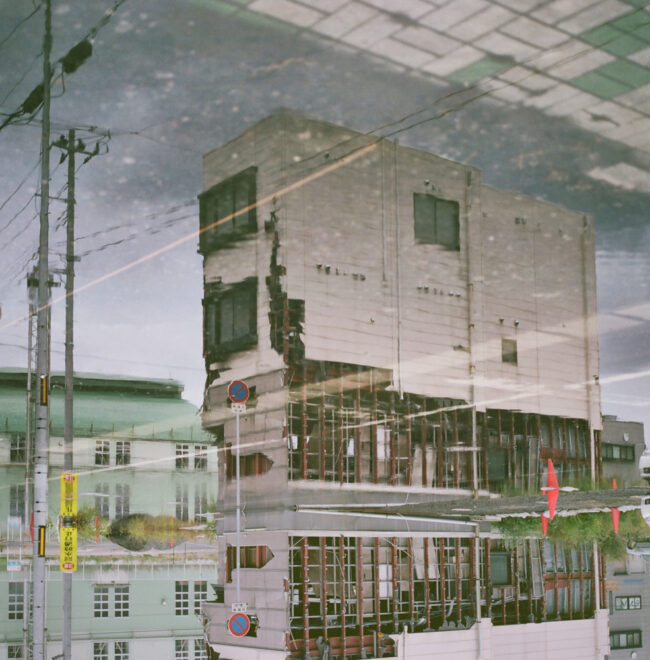
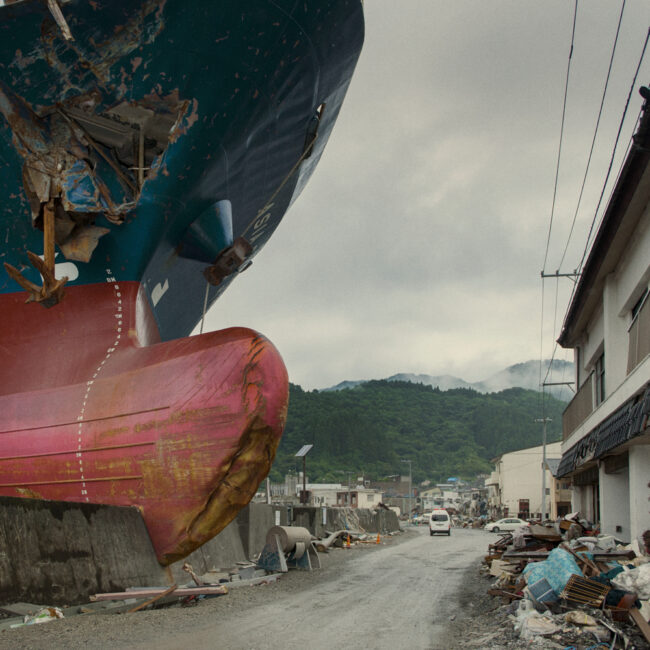
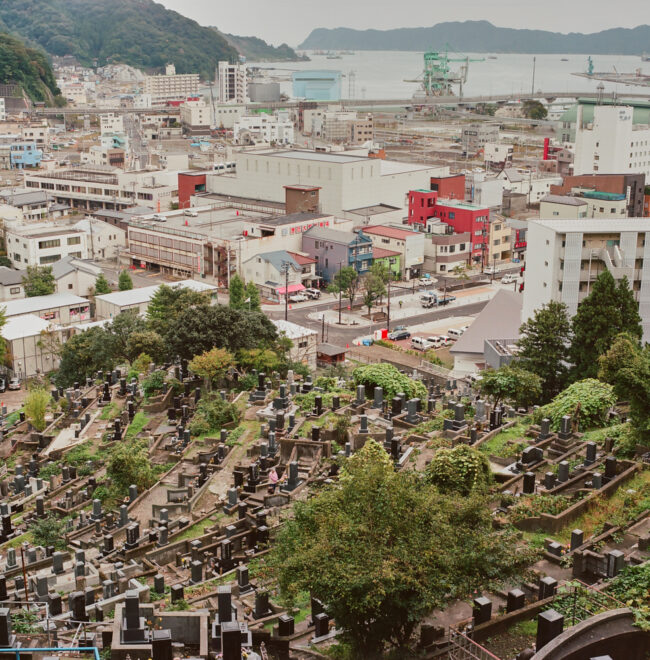
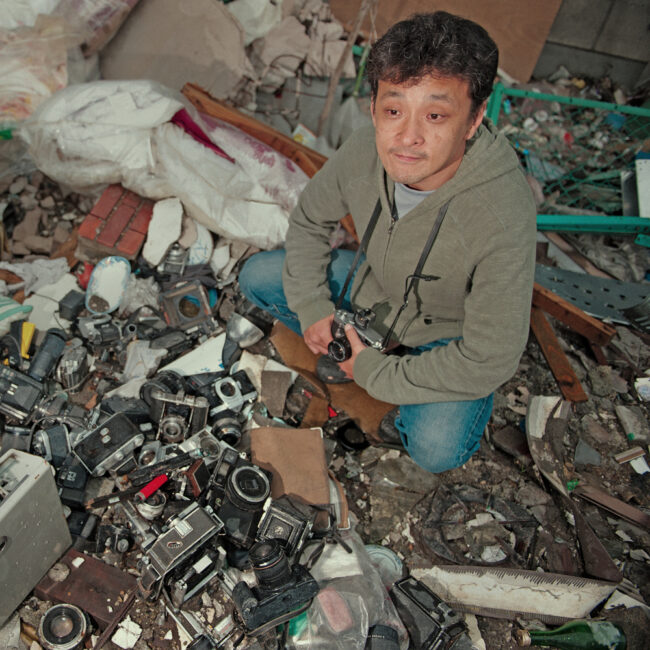
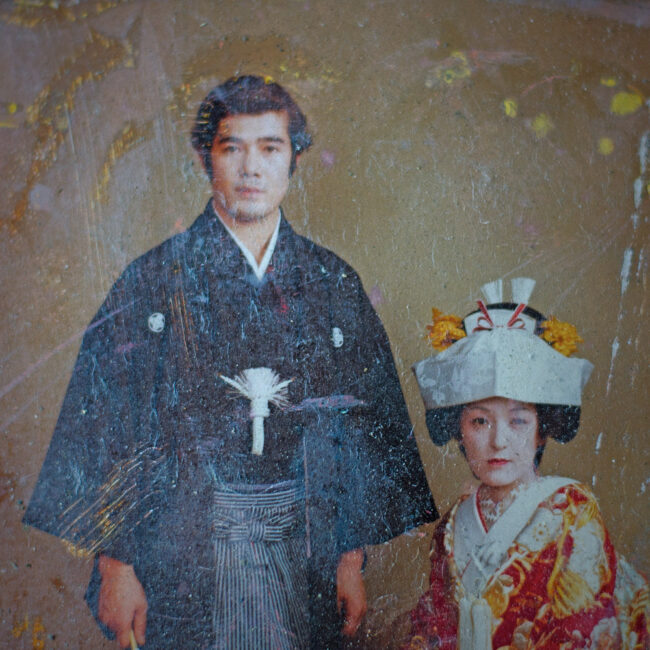
To see more of this project, click here.
A film to compliment the project, here
APE contributor Suzanne Sease currently works as a consultant for photographers and illustrators around the world. She has been involved in the photography and illustration industry since the mid 80s. After establishing the art-buying department at The Martin Agency, then working for Kaplan-Thaler, Capital One, Best Buy and numerous smaller agencies and companies, she decided to be a consultant in 1999. She has a new Twitter feed with helpful marketing information because she believes that marketing should be driven by brand and not by specialty. Follow her at @SuzanneSease. Instagram
Success is more than a matter of your talent. It’s also a matter of doing a better job presenting it. And that is what I do with decades of agency and in-house experience.
